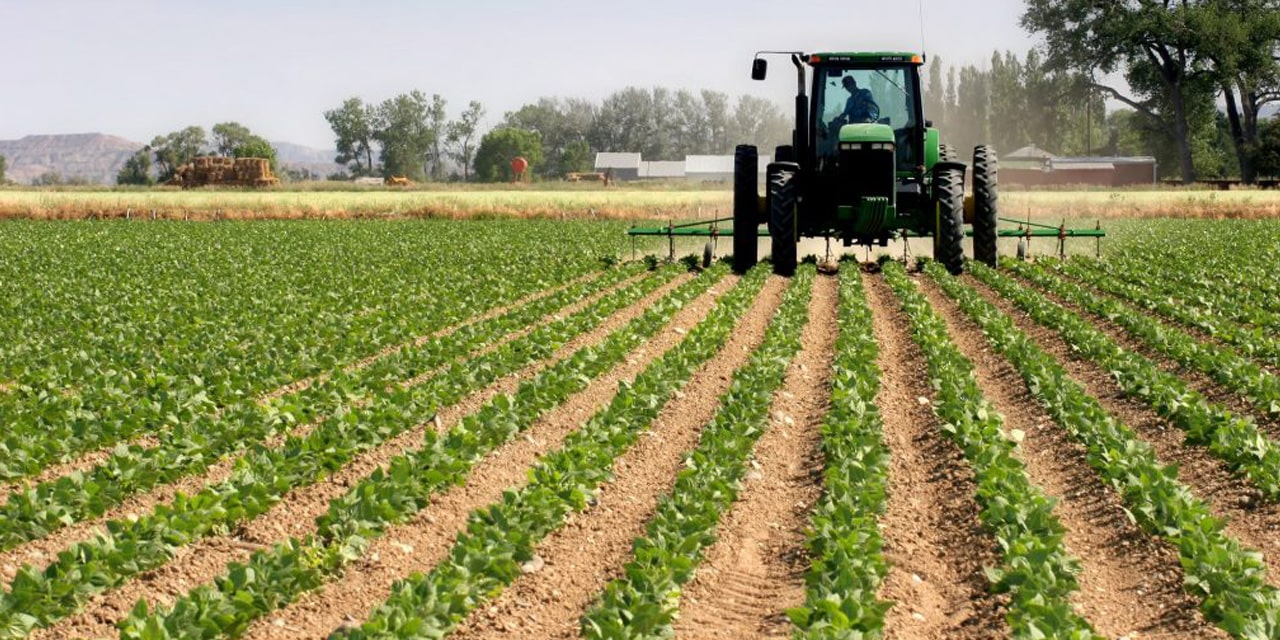Martin Endjala
The agricultural sector of Namibia continues to underperform despite all sub-sectors of the industry expanding in output in 2022.
During 2022, livestock farming increased by 1.2 percent, fishing increased by 2.3 percent and crop farming 4.3 percent in 2022, leading to the overall growth of 2.6 percent in the agricultural industry.
The agricultural industry is a crucial component of any economy, especially in Namibia, as the industry has one of the highest potentials to absorb the abundant unskilled labour in the country and improve socioeconomic indicators such as poverty and unemployment.
To this end, the urban population of Namibia increased from 28 percent in 1990 to 53 percent in 2020 according to World Bank data. This implies that agricultural activities that are typically in rural areas, have a smaller worker sample to attract workers from and this could always be a risk to future production.
As a result, local farmers will have to increase investments in automation in order to deal with a labour shortage, if rural–urban migration and if the youth continue to prefer white-collar professions.
Some farmers are reported to be keen on exiting the market altogether as they lack the market power to influence the price of the harvest. In recent years, an increase in apps, websites and physical informal stalls being created to sell directly to the market and avoid wholesalers has been observed.
While there is no evidence of farm closures, this remains a risk to long-term food production in the country.
The problem however is that Namibia’s biggest unemployment issue is the youth and based on certain surveys, the youth are not keen on living in rural areas and focusing their efforts on agricultural activities.
According to Simonis Storm’s Report for 2023, agricultural production has risen to its highest level since 2015, growing from N$9.71 billion to N$11.37 billion.
The report described the 17 percent increase as remarkable.
“The rise in output has mainly been driven by higher productivity in the fishing and crop farming sub-sectors, with livestock farming remaining relatively flat since 2015. This also indicates that the livestock sector was most likely the worst affected by the drought Namibia experienced from 2014 to 2017,” the report states.
In addition, it is estimated that eight percent of the total net investment in 2022 was focused on the agriculture sector in Namibia.
The net investment has however been on an increasing trend since 2020, as farmers restocked after the drought and a few crop farming projects, with a focus on the South and Northern parts of Namibia.
However, it is further forecasted that the agricultural sector will weigh on economic growth in 2023, the Namibian Agronomic Board (NAB) forecast for the second quarter of 2023, indicates a shortage of 12 locally produced horticulture products out of the 23 products.
This means that there won’t be enough supply to meet the demand for these products, with potatoes expected to be the most affected.
This follows as the NAB forecasted shortages for 60 percent of the products they analysed between January and May 2023, with the latest set of forecasts prolonging expected shortages in the local market until July 2023.
However, on the positive side, ten other locally produced products are predicted to exceed local demand, resulting in an oversupply of these products in the market and could potentially apply downward pressure on the prices for these products.
Meanwhile, the World Food Programme (WFP) is also closely monitoring the food-based coping strategies of people in various regions to assess the level of crisis.
The situation is said to be looking bleak, with 95 percent of the total number of people with insufficient food consumption coming from regions such as Omusati at 29 percent, Kavango East 26 percent, Kavango West 24 percent, Oshikoto 23 percent, Kunene 20 percent and Otjozondjupa 20 percent have the highest prevalence of insufficient food supply.
All regions have seen an increase of 136 000 people with insufficient food consumption compared to just 90 days ago, accounting for 89 percent of the total number of people 731 000 currently monitored for food-based coping in Namibia by WFP.
The regions with the highest prevalence of crisis-level food-based coping strategies are Oshikoto, Kunene, Hardap, and Zambezi, with percentages ranging from 39 percent to 42 percent.




